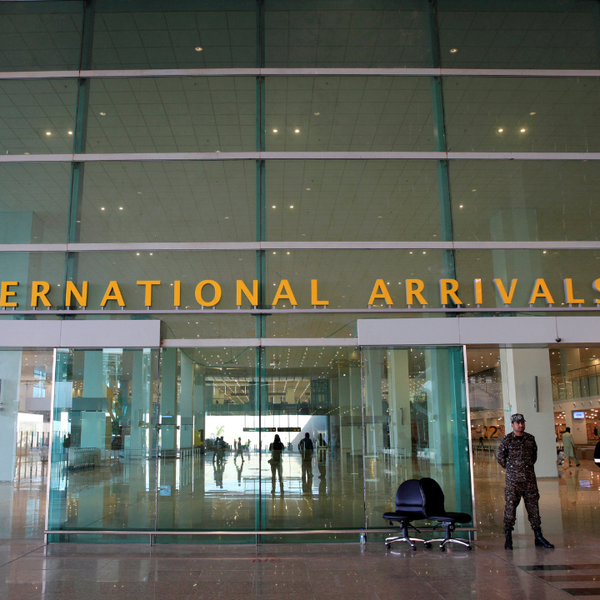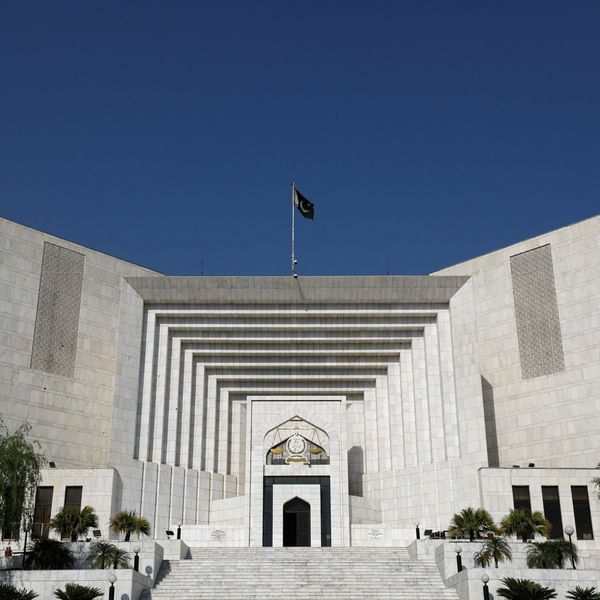Pakistan economic team says stability returned, but key challenges persist
Kamran Khan says Pakistan’s economy needs real investment and export growth despite government claims of stability
News Desk
The News Desk provides timely and factual coverage of national and international events, with an emphasis on accuracy and clarity.
Prime Minister Shehbaz Sharif’s top economic ministers and advisers declared on Monday that Pakistan has entered a phase of economic stability after months of fiscal turbulence, citing progress on tax revenue, debt management, and power sector reforms.
Finance Minister Muhammad Aurangzeb led the briefing alongside Energy Minister Awais Leghari, IT Minister Shaza Fatima, Privatization Adviser Muhammad Ali, Finance Secretary Imdadullah Bosal, and Federal Board of Revenue Chairman Rashid Mahmood Langrial.
Officials said structural reforms are underway, tax filer numbers have climbed, losses in power distribution companies have fallen, and PKR 700 billion in circular debt has been repaid. They also announced an ambitious shift toward a cashless economy.
But much of their optimism is drawing scrutiny.
Critics point to stagnant growth
Kamran Khan, speaking during the latest episode of “On My Radar,” said the government’s narrative masks serious weaknesses still weighing on Pakistan’s recovery.
Economic growth is hovering around 2.5 percent, foreign direct investment has remained flat for four years, and the country continues to face a widening trade deficit due to sluggish exports and rising imports.
Several multinational corporations — including Shell, Siemens, Yamaha, Uber, Careem, and Procter & Gamble — have scaled back operations or exited Pakistan in recent years. Khan linked the trend to governance failures and investor mistrust.
“Even domestic investors are reluctant to deploy capital,” he said. “Why would foreign investors stay or buy stakes in troubled state entities?”
Tax claims raise questions
The government celebrated a rise in tax filers to 5.9 million by Oct. 31, a jump officials said reflects greater compliance. FBR Chairman Langrial reported an 18 percent increase in returns filed and a 1.5 percent rise in the tax-to-GDP ratio.
However, Khan noted that Pakistan’s undocumented economy remains vast — potentially 40 percent of GDP — and only 2 percent of its 250 million population are registered tax filers.
Of those, about 1.7 million filed zero-tax returns this year.
He argued that improvements in revenue are largely driven by “squeezing” existing salaried taxpayers rather than expanding the base to include retail and wholesale sectors, which still rely heavily on cash transactions.
FBR recorded a PKR 274 billion shortfall by October, underscoring persistent weaknesses.
Privatization progress slow
Privatization remains a cornerstone of Pakistan’s IMF-supported reform agenda. But progress has been minimal since the landmark sale of K-Electric in 2005.
One recent deal saw the First Women Bank purchased by a UAE-based company for PKR 4.1 billion — a rare transaction after nearly two decades.
Despite the government eliminating more than PKR 770 billion in losses at Pakistan International Airlines, its long-promised privatization has not been completed.
“It may take another month or two,” officials said, but timelines for other loss-making entities — including Pakistan Steel Mills, Pakistan Railways, WAPDA, and utility stores — remain unclear.
Adviser Muhammad Ali said past failures stemmed from a lack of leadership commitment, but insisted the current government is determined to deliver.
Power sector concerns linger
The power sector continues to drain the treasury. Reforms have toggled between provincial control, privatization, and long-term operational concessions — none fully implemented.
Khan pointed to recent tariff revisions that reduced electricity costs in Karachi while saddling K-Electric with projected annual losses near PKR 100 billion. The minister argued such policy swings discourage potential investors.
Still, Energy Minister Leghari said the government has reduced electricity prices by PKR 10.50 per unit over 18 months and cut circular debt by PKR 700 billion.
‘Cashless economy’ push
In a notable admission during the briefing, IT Minister Shaza Fatima said the undocumented economy may be worth USD 400 billion — nearly equal to Pakistan’s official GDP.
She cited high cash circulation — PKR 10.6 trillion, about 26 percent of money supply — and low financial inclusion. According to the State Bank, 53 percent of adults lack a bank account, including just 13 percent of women.
Despite those figures, Fatima said Pakistan is rapidly advancing toward a digital economy.
Stability dependent on growth
Pakistan’s foreign exchange reserves have risen from USD 3 billion to USD 14.5 billion, and inflation and interest rates have eased after months of distress.
The benchmark stock index recently crossed 160,000 points, reflecting investor optimism.
But Khan warned that without meaningful reforms in tax administration, stronger export growth, and renewed investor confidence, the gains may not last.
“These are ambitious targets,” he said. “If exports, investment, and privatization do not accelerate, the results our leadership expects may not materialize.”








Comments
See what people are discussing